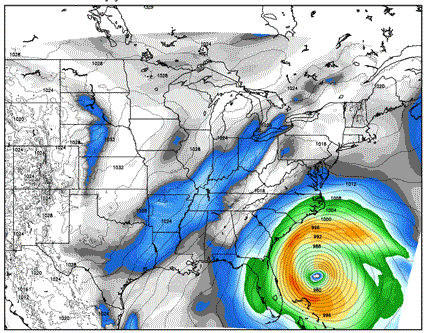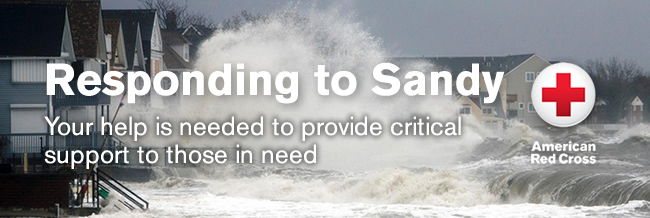 by Ken Lopez
by Ken Lopez
Founder & CEO
A2L Consulting
Hurricane Sandy, sometimes called Superstorm Sandy since it did not strike land as a hurricane, ranks as the second costliest storm to hit the United States. Damage estimates range from $50 billion to nearly $100 billion, second only to Hurricane Katrina at about $150 billion (adjusted for inflation).
How bad was it? It destroyed or damaged 400,000 homes and caused the loss of power, often for a week or more, in 8.5 million homes in 16 states. It destroyed 250,000 cars. At least 150 people lost their lives. It struck an area with about 17 percent of the U.S. population living on about two percent of the nation’s land area.
The storm has already spurred a good deal of litigation. Many of the cases are breach of contract cases related to insurance coverage, and many of these cases will turn on whether damages were caused by wind (covered by insurance) or flood waters (not normally covered by insurance). One challenge here for litigators will be that Sandy was, unlike Hurricane Katrina, downgraded from a hurricane. Other suits will no doubt be filed for power outage lawsuits, price gouging, negligence cases (remember the construction crane collapse in Manhattan), worker exposure suits, and likely some toxic tort suits related to spilled chemicals.
 Our firm, then known as Animators at Law, was involved, either briefly or for years, in four significant Hurricane Katrina cases. Our work was divided into two categories -- those in which our client was seeking to recover millions or billions from insurance companies for property damage and those in which the client was being held responsible for property damage related to the levees in New Orleans. I learned some valuable lessons from my work on these cases, much of which will be applicable for Sandy litigation.
Our firm, then known as Animators at Law, was involved, either briefly or for years, in four significant Hurricane Katrina cases. Our work was divided into two categories -- those in which our client was seeking to recover millions or billions from insurance companies for property damage and those in which the client was being held responsible for property damage related to the levees in New Orleans. I learned some valuable lessons from my work on these cases, much of which will be applicable for Sandy litigation.
1. Prepare early. For one case, we began our preparations years before a potential trial. Demonstratives were created, courtroom animations were created and physical models were built. These things take time to get right, especially when multiple law firms and multiple expert firms are involved.
2. Seeing is believing. In one case, we created an animated presentation that was so realistic that it would be hard to imagine that the events had happened another way.
3. Accuracy counts. In a hurricane case there will be questions about wind vs. flooding damage. Don’t leave any room for doubt.
4. Storyboarding is a cost saving technique. Measure twice, cut once, goes the old carpentry adage. This is also true in the production of animation for the courtroom. By using storyboards to sketch out a litigation animation well before creating the animation, enormous amounts of money will be saved.
5. The book is usually better than the movie. If you are on the plaintiff's side, you might be tempted to produce a sophisticated recreation of some event arising from the hurricane. These can involve wind experts, water experts, and more. As I told one plaintiff's attorney in a plane crash case who asked us to recreate in animated form the passenger experience and synchronize that with audio from the cabin, you don't need to; the jury will hear the audio and what they imagine will be much worse than anything we can create for them.
6. Causation is key. All too often, causation is critical in hurricane cases. Here there will be questions of whether the damage was caused by Sandy or by the nor’easter that quickly followed Sandy.
7. Test juror attitudes. Mock trials will be essential as attitudes will vary from jurisdiction to jurisdiction.
8. Don’t rely on jurors’ recollections. Even for a major event like Sandy, memories fade after months and years. Remind jurors of the details of the storm and how bad it was.






Leave a Comment